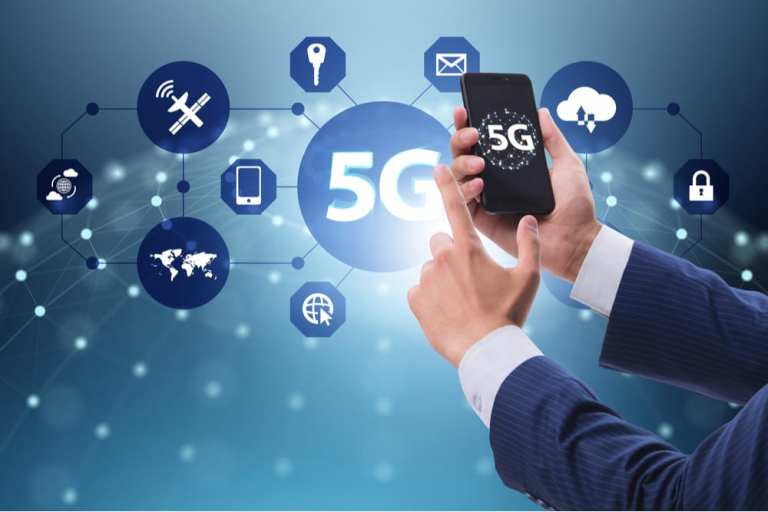The Global System for Mobile Communications (GSMA) released a report that said 5G telecommunications technology will contribute $2.2 trillion to the worldwide economy between the years 2024 and 2034, according to a report by TechRepublic.
GSMA represents around 750 mobile operators and hundreds of other companies that operate within the telecommunications sphere. The study found that although the adoption of the new technology has been slow, it will provide broad advantages to almost every segment of the global population.
“With this growth in connectivity, individuals are increasingly using mobile to access an array of life-enhancing services that contribute to and catalyze the achievement of the UN’s Sustainable Development Goals (SDGs),” the report said. “In addition, the mobile industry is playing a key role in mitigating the catastrophic impacts of climate change, which threatens sustainable development everywhere.”
There are challenges with lower- and middle-class countries getting access to 5G, and even 4G, connectivity, including general affordability or local infrastructure to support it.
In 2019, total mobile revenue was $1 trillion. GSMA’s Head of North America Ana Tavares Lattibeaudiere said that figure should go up about 1 percent every year from the adoption of new devices.
Five billion people were subscribed to mobile services at the end of last year, which means about 70 percent of the world’s population is now online. The report said there will be 600 million new subscribers from countries including China, Pakistan and Nigeria, among others, which could raise the number to 5.8 billion. More than 250 million people connected to online mobile internet for the first time last year.
Advertisement: Scroll to Continue
Interest in the new technology is expected to continue, especially for manufacturers.
“Manufacturing companies are adopting robots, AI, sensors and a range of industrial IoT solutions to automate and monitor production,” noted the report. “In many cases, these depend on low-latency connectivity for precision thresholds and real-time analytics, which will likely require edge-computing infrastructure.”




